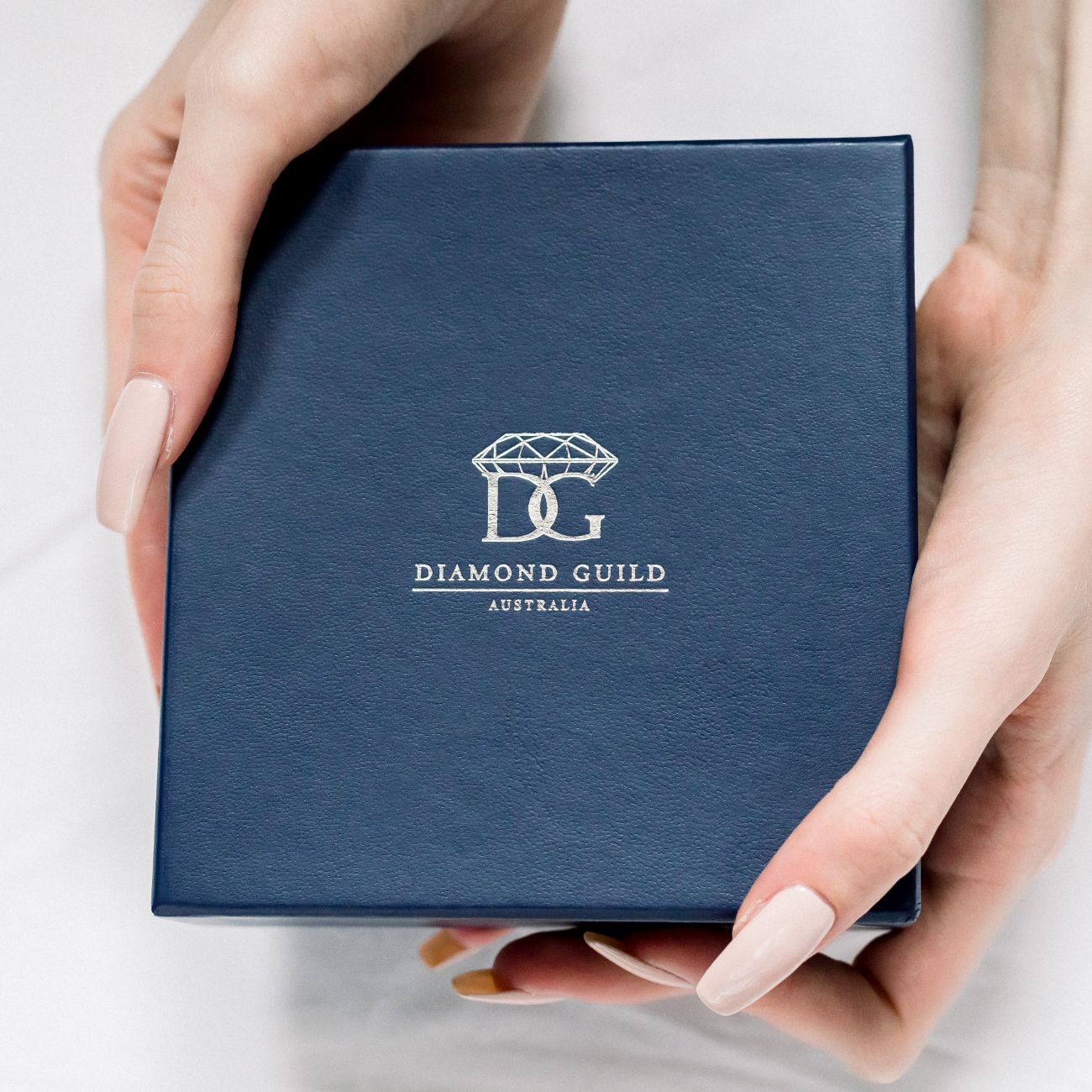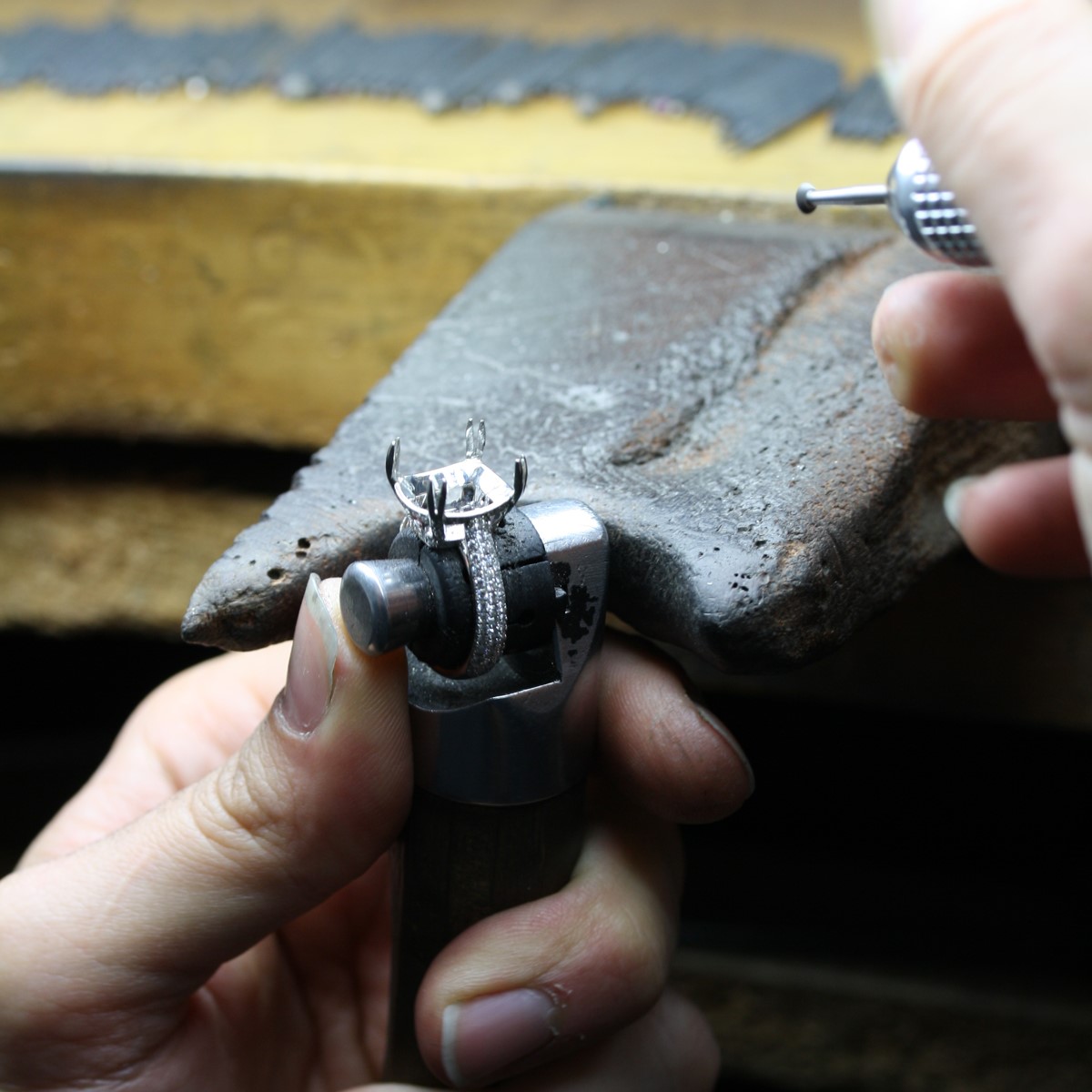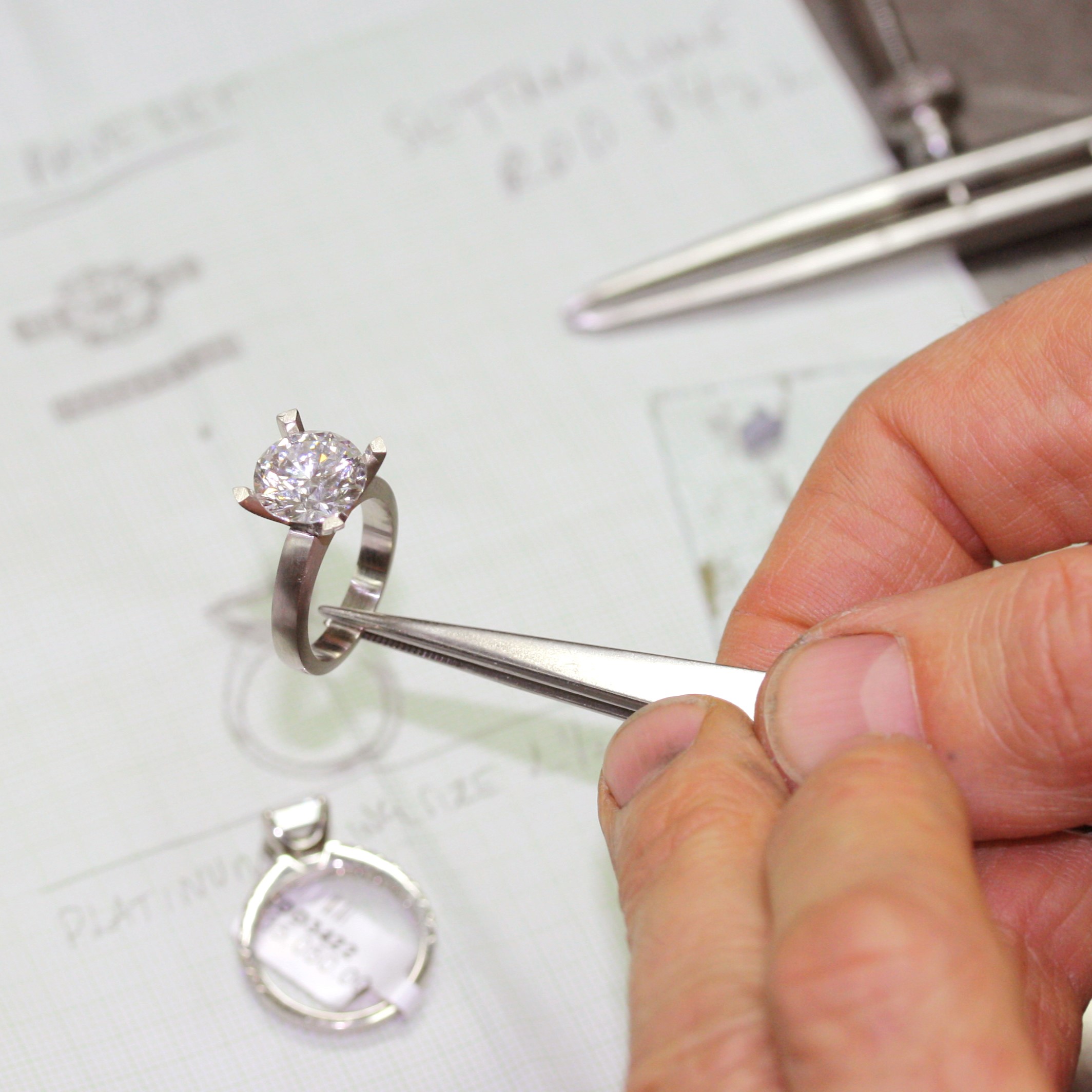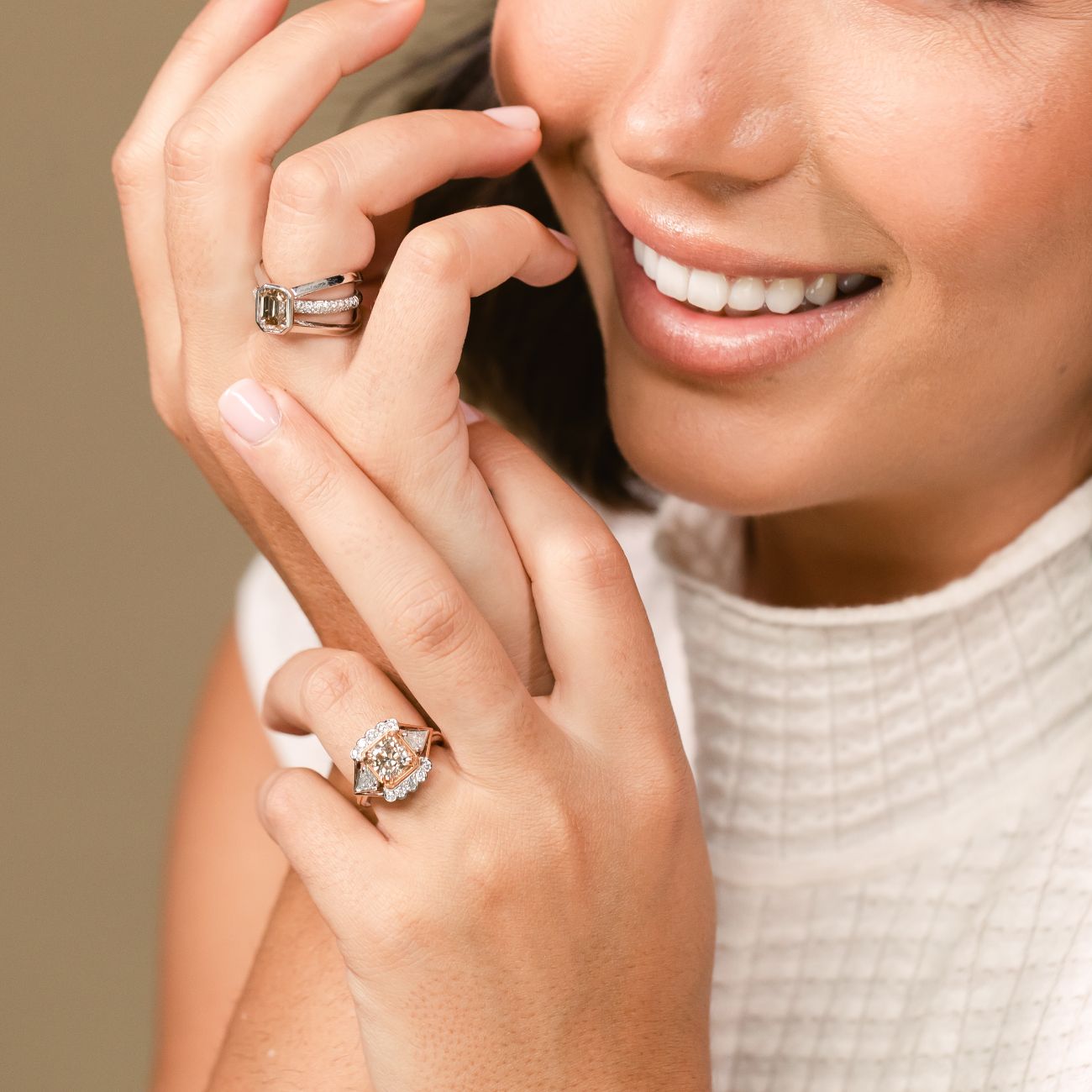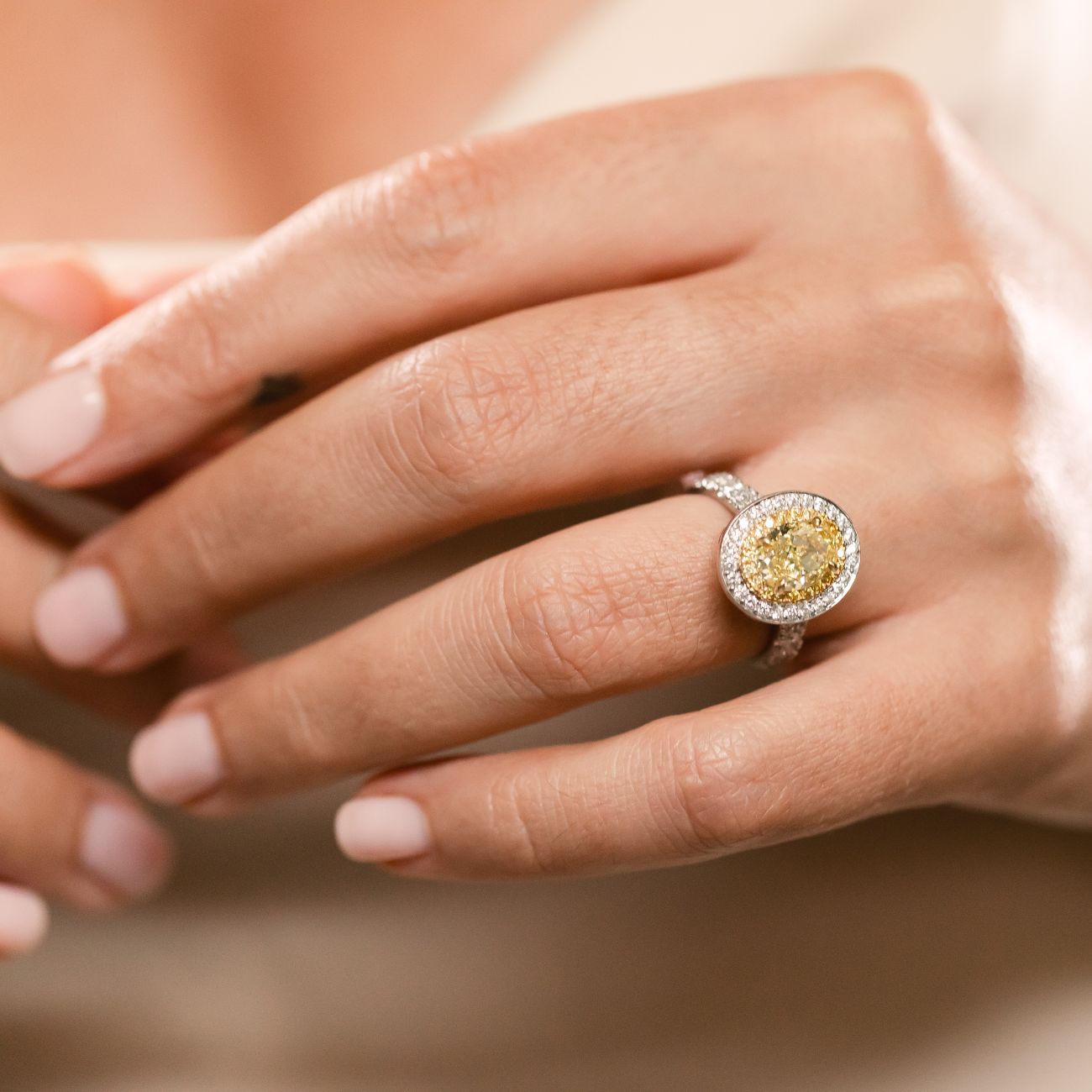Our Response to Synthetic Diamonds
Since the first diamond was discovered thousands of years ago, mankind has been mesmerised by these most spectacular and precious of natural gemstones. Revered for their unmatched ability to scintillate and reflect light, their durability, rarity and earth-borne origin ensuring that they have become the most precious of gemstones to this day. The physical properties […]
How do I identify natural rough, raw & uncut diamonds?
Here are some things to look for while identifying raw diamonds. 1. Concentrate On Gravity If you’re looking for a rough diamond, you should be aware of its specific gravity. The density of a diamond varies between 3.5 and 3.53 g/ml, which is the ratio of the stone’s density to a pure liquid with a […]
What does a diamond look like before it’s a diamond?
Before they’re cut and polished, diamonds look like hazy pebbles. For centuries, their chemical makeup and structure remained unknown. Diamonds were initially discovered to be made up of carbon, the fourth most abundant element, thanks to Isaac Newton’s investigations in the 1600s. Carbon, it turns out, exists in two common forms, both of which have […]
What does a diamond look like when it is first found?
Diamonds in their natural state are uncut and unpolished. In other words, they haven’t been tampered with or changed since they were discovered. Diamonds in their natural state resemble clear stones with yellowish or brownish hues. Colourless varieties exist, but they are less common.
How do you identify diamond rock?
Uncut rough diamonds look like water-worn quartz pebbles, but they can be differentiated by properties such as crystal structure, specific gravity, hardness, and other distinguishing qualities. Diamonds have an isometric crystal structure, a specific gravity of 3.1–3.5, a Mohs hardness of 10, cling to a grease table, and glow under shortwave ultraviolet light in some […]



